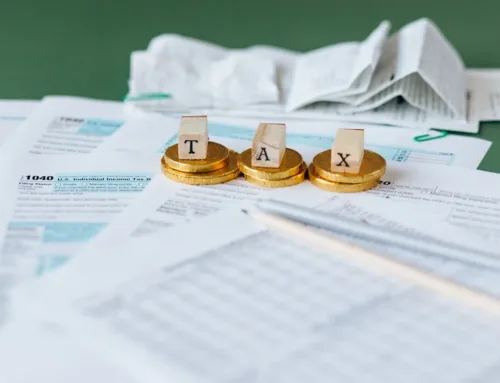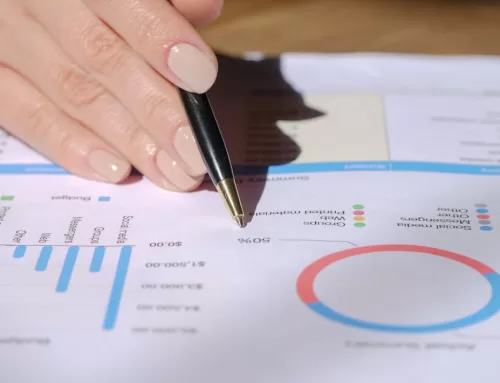Sometimes you will run your normal QuickBooks accounts receivable (AR) reports, see amounts that are drifting further and further into the right Unpaid columns, and realize that the erstwhile customer is just not going to pay – voluntarily. In this case small claims court may be a great alternative.
What is Small Claims Court?
Small claims courts hear contractual and money dispute cases between two parties in a more informal setting and with looser rules on evidence, testimony and interpretation of the law than other courts in your area. And perhaps most importantly they are designed to settle smaller amounts and attorneys are generally not allowed. (Pay an attorney $3,000 to collect on a $1,500 invoice?) This makes it feasible to actually take action in many small business cases. Small businesses trying to collect on unpaid invoices are “the Plaintiff”; this means that the burden of proof is on them (and not the defendant) to prove that money is owed.
The process of hearing your case in small claims court is designed to be easy for anyone and to avoid having to pay attorney fees. Filing the paperwork, preparing your case, and even collecting are usually inexpensive and relatively easy since most of the rules governing superior court (usually the next big step up) and not applicable. Most steps can be done online these days.
Here are the steps in the small claims process:
Check the Small Claims Limit in Your State
First, look online to see which local court (your county for example) governs your situation. And then check the claim limits. Here in Los Angeles county for example, small claims will handle matters up to $10,000. Each small claims court has a limit.
Filing Your Complaint
The small claims process begins when you file a complaint with your county or other governing jurisdiction. Filling out the claim form is simple and should only take 10 minutes or so since the courts only want to hear the very basics on the problem. For example: “Plaintiff invoiced Defendant according to work performed, Plaintiff has contacted Defendant to pay many times, however Defendant will not pay.” That’s about it. No drama. And no long miserable stories about how the defendant is a fascist. Later, the commissioner (usually not a judge) hearing the case will ask for details or tell you to present the matter, but even then, they only want to hear facts; drama is a waste of their time. So finish up the claim form, which is usually submitted online these days, and shortly thereafter you are given a place and time for the hearing. There is usually no need to stand in line and do this part in person. You will need to pay perhaps $75 in filing fees, but these are awarded back if you (the Plaintiff) win the case.
Serving the Small Claims Defendant
The next step is “Service.” This is when the Defendant is formally notified of your small claims complaint and learns that he or she must appear in court. This must be done by physically handing the court papers to certain persons associated with the Defendant (often the Defendant, or “Agent for Service of Process” or others as allowed – but not a part-time janitor). These papers tell the Defendant the time and place of the hearing among other details. There are many “service” rules so read-up and be careful. For example, the Plaintiff cannot serve the papers – a sheriff or “process server” or a neutral third party must do this, and then a document establishing proof of service must be submitted to the court stating when and to whom service was performed. Another rule is that the Defendant must be served x days in advance of the hearing date. Serving these papers to the Defendant usually costs about $50 to $80. And yes, the local sheriff charges for this too, however employees of the Defendant may be visibly shaken when a sheriff show up asking to see the boss. These fees are awarded back to the Plaintiff if the judgment is favorable.
When served to appear in court, this will be enough for some Defendants to immediately call and settle. Especially if they know that they are in the wrong.
Preparing Your Case
The Plaintiff must prove that money is owed and has not been paid. If there is doubt as to what really happened – the Plaintiff loses.
Who and What to Bring
Experts and Witnesses: Bring anyone who has specific knowledge that will support your claim. For example your office manager who repeatedly sent invoices and called the Defendant, or someone who can attest to the quality of your product or services. If these special people are not keen on spending half a day supporting your case for free, you can ask the Court to issue subpoenas, which requires them to appear. Be prudent in deciding who will participate: most small claims cases last only about 15 minutes (not enough time for many witnesses).
Documents; Lots of Paper
Prepare your case by gathering documents needed to prove that billable work was performed (or products delivered) AND that the Defendant did not pay. This may include agreements, ALL previous invoices and customer payments (check copies or credit card payment proofs including bank statements, and all related supporting documents. Yes, this can be a lot of paper. Also bring proof that you attempted to collect the money, before resorting to small claims court (for example emails or letters sent). The courts often require proof that the Plaintiff asked for payment.
QuickBooks Entries
Nothing discussed so far warrants a QuickBooks accounting entry except out-of-pocket expenses such as filing fees. Outstanding invoices will simply continue to age from the date of issuance – regardless of how certain you are of winning.
Presenting Your Case
On the appointed day and time, many cases are usually presented in morning and afternoon sessions, and it’s good to listen and see the manner in which the commissioner hears and decides on each case. Often times the matter ends up in a hurried court-driven question-and-answer session and your carefully prepared argument never really gets out. But the courts know what they are looking for and usually get to the bottom of things. Both parties must normally speak and present only to the commissioner and not to the other side (which sometimes avoids shouting matches). Since great emotion may be involved, the decision is usually not declared on the spot, but mailed to both parties within a few days. A favorable Plaintiff judgment means that the court is ordering the deadbeat customer to pay the amount that is due (plus court fees) which may be equal to or less than what you asked for.
Plaintiffs generally have one shot in small claims court: if you lose, that’s it! No appeals. However Defendants may appeal decisions within 30 days or so. But if a decision is appealed, all bets are off on the first hearing, and the Plaintiff may ask for and receive more than the original judgment amount.
Collecting on the Judgment
Just because the court has awarded a judgment in favor of the Plaintiff, it still doesn’t mean that the amount will be promptly paid. But if the Defendant doesn’t honor the judgment by coughing up cash, things may get unpleasant. First, the judgment will soon appear on the credit record of the Defendant, which at a minimum is embarrassing. Plaintiffs may also go back to court for a “Hearing on Assets” where the Defendant is ordered to disclose all assets such as bank accounts, and Plaintiffs may then get a lien or levy (forced sale or liquidation) on the Defendant’s property. All associated costs are usually added to the judgment (the defendant pays!) but time expended by the Plaintiff, and damages (“I couldn’t sleep from worrying”) are usually not included.
QuickBooks Entries
When the judgment is final, it may be time for your favorite QuickBooks entry: in QuickBooks Online this is “+” sign
The small claims process is designed to be simple, fast and easy – and down to earth for us small business types. Small claims court should be in your tool kit as a viable way of collecting payment for the good work that you have done.
If you need help with collections give us a call and we can help!







